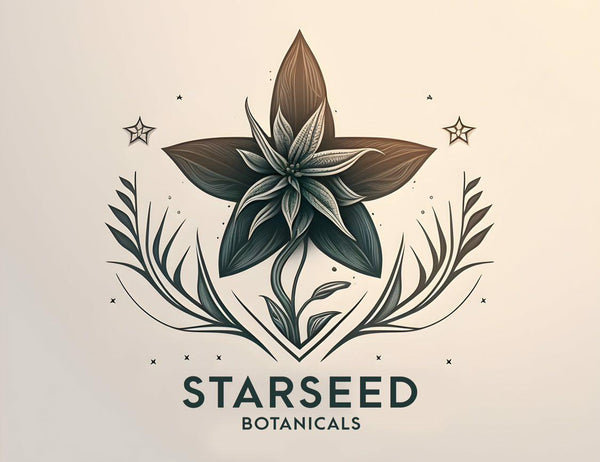STARSEED BOTANICALS
Blue Lotus Flowers // Nymphaea Caerulea
Blue Lotus Flowers // Nymphaea Caerulea
These are some of the most potent and highest quality flowers on the market. We have found nothing online that comes anywhere close to the quality of these flowers. If you are looking for the most potent blue lotus available, look no further.
Nymphaea Caerulea (Blue Lotus) was held in very high esteem by the ancient Egyptians. Blue Lotus was worshiped as a visionary plant and was a symbol for the origins of life.
The Egyptians believed that the world was originally covered by water and darkness and then a Blue Lotus sprang up from the water and opened its petals to reveal a young god; a Divine Child. Light streamed from the Divine Child to banish universal darkness. This child god was the Creator, the Sun God, the source of all life.
*These statements have not been evaluated by the Food and Drug Administration. This product is not intended to diagnose, treat, cure, or prevent any disease.
*The specifications for this product do not give nutritional information as they are botanical herbs used for ayurvedic purposes.
*Not for use during pregnancy or lactation. If you have a medical condition or take medications, please consult with your doctor before use.
*Store away from children. Use only as directed on label. Safety-sealed for your protection. Keep bottle capped at all times and store in a cool, dry place.
*The content is purely informative and educational in nature and should not be construed as medical advice. Please use the content only in consultation with an appropriate certified medical or healthcare professional.
WARNING: Smoking anything, including herbal products of any kind, is harmful to the body.
Couldn't load pickup availability




